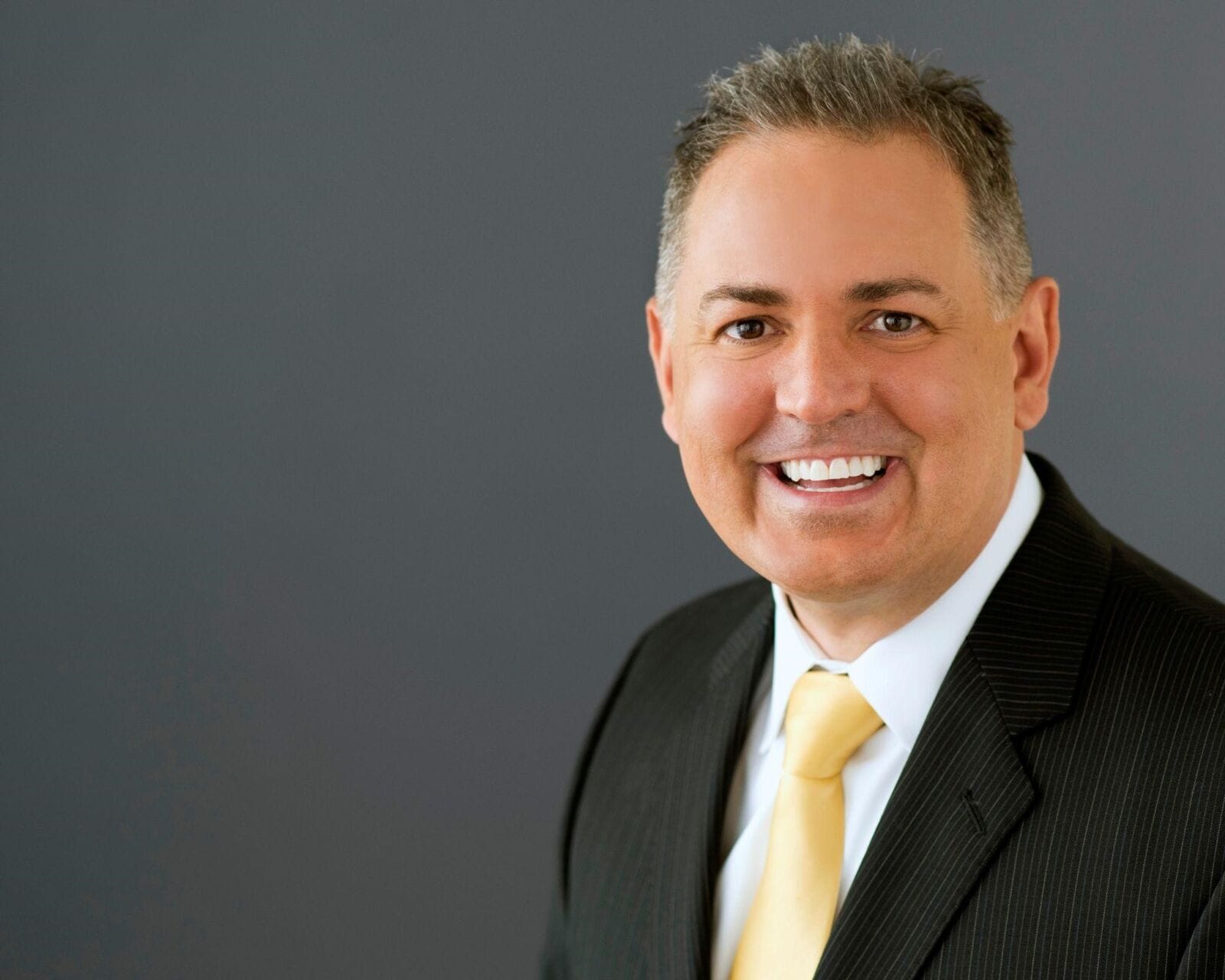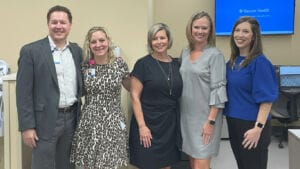Every professional industry has its challenges, be they universal challenges faced by any business or problems specific to the given field and market. It could be argued that the healthcare industry in the United States has more challenges than most others, affecting both business organizations and patients alike. Not only does the healthcare industry have to manage the normal struggles of business operation, it also has to contend with laws and regulations around patient data and compliance.
The worst of the healthcare industry’s problems, however, are faced by its customers—the patients of America. The American healthcare system is plagued by problems of cost and accessibility. Patients in need of treatment don’t just go to their doctor and get the help they need; patients need to find a doctor, make sure that doctor is in-network for their insurance, schedule an appointment that may have months-long waiting times, and then hope they can afford whatever treatment they need (without knowing the cost ahead of time).
These challenges are at their worst when it comes to life-saving diagnostic breast imaging, also known as mammography. Breast cancer is the second leading cancer-related cause of death for women in the United States, and medicine has developed to the point where early detection and treatment of it puts the 5-year survival rate over 95%. However, that success rate only exists when breast cancer is detected early, and that early detection is achieved through regular diagnostic mammogram screenings—screenings many women simply neglect due to the combined burdens of cost, inaccessibility, and uncertainty that plague the entire process.
These are the challenges that breast imaging radiologist Dr. Ryan Polselli has chosen to tackle through his practice and independent business, MammoLink. By linking patients, providers, and physicians with clear communication strategies, streamlined scheduling, diagnostic assistance, and cost transparency, Dr. Polselli hopes to make mammography accessible to everyone who needs it.
The Challenges
Patients seeking mammography in the United States are faced with a number of challenges that range from the institutional to the regional. Dr. Ryan Polselli is keenly aware of this; during his many years of medical practice, he saw firsthand the trials and tribulations people faced to get treatment—and how many decided it wasn’t worth it. The challenges can be broken into three general categories: accessibility, communication, and comfort.
Accessibility to breast imaging has been a long-running concern for Dr. Polselli in his home state of Florida. Rural communities often lack any nearby provider for the service, and thus anyone trying to set up a mammography appointment would have to take entire days, sometimes more than one, to travel to a breast cancer screening. For working class Americans, this was rarely a feasible option; if someone had to choose between an uncomfortable diagnostic procedure several hours of driving away, at the cost of the money they’d make working, or simply skipping the screening, many chose the latter.
Should the patient have access to mammography services nearby, or commit to the commute for a screening, they’re then faced with catastrophic communication mishaps and inconsistency. Waiting lists for an appointment could be weeks or months long. Communication between patients, their physicians, and the mammogram providers could, and often did, fall apart and lose information, leading to cancellations, reschedulings, and other delays. Finally, assuming a patient was either extremely lucky or extremely patient, there was still the entirely opaque costs of getting a mammogram, a surprise fee without transparency that the patient simply had to mentally prepare themselves for (not including the costs of any follow-up treatments should the screening find anything).
While accessibility and communication concerns were the most discouraging part of the mammography process, there was also the simple reality that the procedure was not comfortable. Physical discomfort and anxiety about results, costs, and outcomes abound, making the process uncomfortable at best from start to finish. Dr. Ryan Polselli wanted to tackle all of these challenges at once.
The MammoLink Solutions
Dr. Ryan Polselli realized that the best way to address these myriad problems was not by pushing against the inertia of an entrenched medical establishment, but by founding his own company and providing services to fill in the gaps. Thus did MammoLink come into being, a company designed to make mammography transparent, easy, and accessible to all. While Dr. Polselli did design, develop, and patent a number of new 2D and 3D imaging devices to improve the accuracy and efficiency of mammography in this time, those are not the most impactful contributions to the field.
MammoLink exists to directly link mammography services to patients’ primary care physicians, serving as the connective tissue for these discrete entities to communicate, schedule, and share information. Simply streamlining the scheduling services and communication between patients, physicians, and providers worked wonders for removing the uncertainty from mammography. However, Dr. Ryan Polselli is more excited about another part of MammoLink’s design: cost transparency.
“Cost transparency is on trend. It has been needed for a very long time and I am eager to see how this changes the world of healthcare,” Dr. Polselli says. “Communication is important in any type of relationship and cost transparency is on the cutting edge. It puts the patients and physicians back in the driver’s seat, letting them make informed decisions.”
MammoLink has also found success with an innovative approach to improving mammography accessibility: 3D Mobile Mammography. Led by a team of trained radiologists, powered by some of Dr. Ryan Polselli’s own imaging devices, and transported by a state-of-the-art medical bus, MammoLink’s 3D Mobile Mammography seeks to solve rural accessibility problems by bringing the screenings to the people directly. This lets the company cut out the long waiting lists and bureaucratic delays by parking at a local community center, library, or workplace and opening the doors to patients in need.
Success Now, Success Later
Dr. Ryan Polselli has found great success with MammoLink, and has helped numerous patients access mammography services when they otherwise might not have. He’s hoping to carry the momentum of that success into the future with new technology and an expanded service range outside his home state of Florida. MammoLink’s success is partially reliant on the partnership and cooperation of institutional healthcare providers and hospitals, and he hopes that the proof of their success will allow him to push MammoLink to new horizons.




